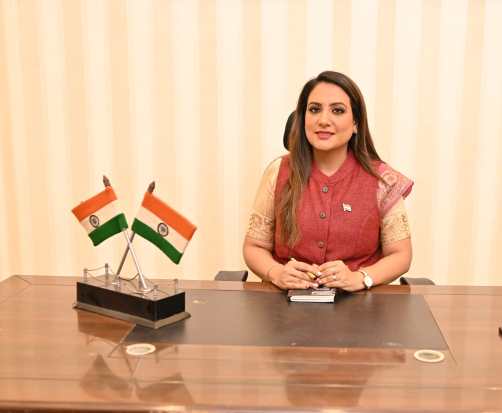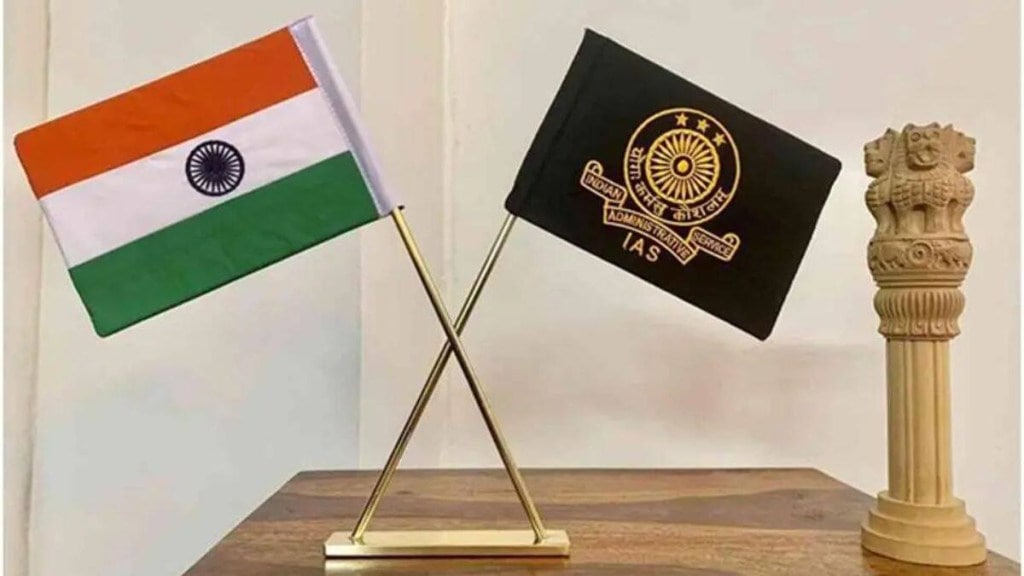By Sonal Goel
“In an era marked by social progress and gender equality, it is imperative that we acknowledge the transformative power of women in bureaucracy. As the glass ceiling continues to crack, the inclusion of more women in positions of power and decision-making has the potential to revolutionize our administrative landscape.”, explains Sonal Goel, IAS.
A remarkable milestone beckons our attention as the ink dries on the latest chapter of India’s Civil Services Examination. The resounding success of women candidates in the UPSC Civil Services Examination, 2022, has paved the way for a more inclusive and gender-sensitive India. With one-fourth of the selected candidates being women, including the top four ranks, it is evident that a wave of change is sweeping through the Indian bureaucracy.
Looking back to 1990, when only 13.9% of recommended candidates were women, it is evident that the landscape has evolved significantly. It is noteworthy that in 2015, when the Ministry of Women and Child Development, under the leadership of our Hbl. Prime Minister Narendra Modi, launched the ‘Beti Bachao, Beti Padhao’ campaign- the representation of women recommended into service was merely 19.7%. Now, after eight successful years of this campaign, in 2022, we proudly celebrate a remarkable milestone: the highest-ever selection of women candidates (34.3%) in the history of the UPSC Civil Services Examination. This achievement stands as a testament to the exceptional perseverance and merit of these individuals.
In celebrating this triumph, we must reflect on the journeys of trailblazing women who have left indelible footprints in the sands of time. From Anna Rajam Malhotra, the first female ICS officer of independent India, to Kiran Bedi, who shattered glass ceilings as the first female IPS officer, these pioneering women have proven that gender is no barrier to excellence. They have demonstrated that when women are educated, encouraged, and supported, they become powerful agents of progress.
However, the journey of these extraordinary women has not been devoid of challenges. Breaking barriers and achieving new heights often comes at a personal cost. Truth be told, Anna Rajam Malhotra’s appointment letter came with its restrictive clauses tied to marriage. If some news reports are to be believed, even the esteemed C. Rajagopalachari expressed hesitation regarding her designation as a district sub-collector, echoing the prevailing belief that women should not serve in the civil forces.
However, undeterred by such opposition, Anna Rajam Malhotra fearlessly embraced her role, proving that gender should never be a hindrance to one’s abilities. Her remarkable journey continued as she worked side by side with her male counterparts, demonstrating her exceptional work ethic, honed skill set, and extensive knowledge. These qualities propelled her to become the first female district sub-collector of the Hosur district, making history and inspiring generations of aspiring women bureaucrats.
It is for this reason, while we celebrate this momentous achievement, it’s essential to shed light on the subtle discrimination that female officers continue to face within the corridors of the elite services. Data provides us with a clear picture of the existing gender disparity. So many women bureaucrats, in their interviews and talks, have highlighted the persistence of male domination and informal networks within the bureaucracy, posing significant challenges for women in navigating power hierarchies. This qualitative insight coupled with the following data, reveals a gendered distribution of postings and positions.

Indian Administrative Service (IAS) recorded less than 11% female representation among its total workforce, according to the 2011 employment census conducted by the Central Government. The numbers improved marginally to 13% in 2020. Furthermore, as of 2022, only 14% of women were serving at the Secretary level in the IAS. If we consider all the Indian states and union territories collectively, only a countable number of women have held the position of Chief Secretary or DGP. Notably, no woman has ever been appointed as a Cabinet Secretary. Moreover, until now, there has not been a woman appointed as the Secretary in the Ministries of Defence, Finance and Home Affairs. This suggests that women IAS officers are considered more suitable for departments related to education, cultural affairs and welfare, etc. which translates into limiting their opportunities for diverse roles and career progression.
I firmly believe and have experienced through my over a decade and half of administrative career that women, through their unique life experiences and perspectives, contribute to a more diverse and inclusive approach to governance. Embracing gender diversity ensures that policies and programs are tailored to address the needs of all citizens, promoting a more just and equitable society.
So, let us unite in our commitment to educating, encouraging, and supporting women, for their success is intrinsically linked to the prosperity of our nation. Together, we can realize the vision of a developed India, where every individual’s potential is nurtured, and where the transformative power of women is celebrated, cherished, and harnessed for the collective benefit of all.
(The writer is a 2008 batch IAS officer, currently posted as Resident Commissioner, Tripura Bhawan, New Delhi. Views personal.)

